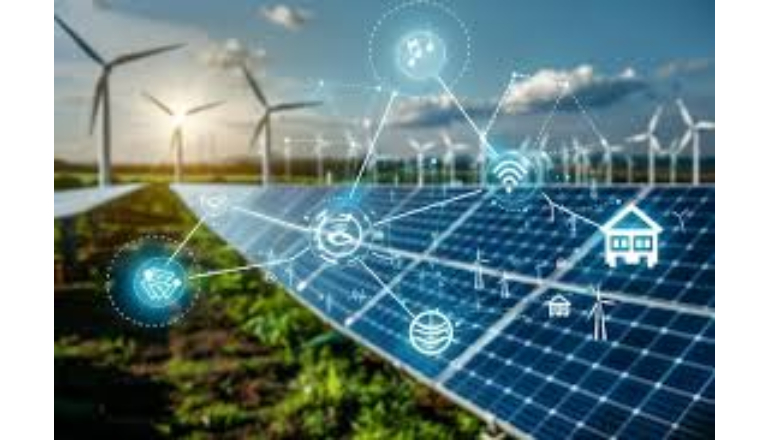Hitachi Energy has announced investments to support the country’s energy transition journey.
It has announced plans to invest $250 Million in India over the next five years. The investment commemorates with the company’s 75th anniversary in the country.
The company will invest in capacity expansion, portfolio, and accelerating global demand for clean energy solutions.
This investment is part of the company’s larger $6 billion investment plans in manufacturing, engineering, digital, R&D, and partnerships across all major markets globally.
Key highlights of the investments include:
• Capacity expansion of the large power transformers factory
• Upgraded testing capabilities for specialty transformers at the small power transformers
• The relocation of the bushings factory, all crucial to further develop the country’s transmission projects to meet increasing energy demands.
• The capacity of the traction transformers factory will also be boosted to support the modernization of the Indian railway network.
It must be noted that Hitachi Energy has already pledged $4.5 billion by 2027 to accelerate the clean energy transition globally. The company has announced plans to double its investments in manufacturing, engineering, digital, R&D, and partnerships across all major markets from 2024 to 2027.
The event:
The company hosted a two-day experiential technology symposium, Energy & Digital World 75 (EDW75), to celebrate this milestone. The event encapsulated technologies and discussions toward advancing India’s net-zero journey.
The event was inaugurated by Amitabh Kant, India’s G20 Sherpa, Andreas Schierenbeck, Global CEO, Hitachi Energy, and N Venu, Managing Director and CEO, Hitachi Energy India & South Asia.
CEO speak:
The energy challenge is multifaceted, with power grids becoming more significant in the transition to renewables. India is a key market in advancing a sustainable, flexible, and secure energy system.
“We have been continuously investing in India over the past seven and a half decades. The new investments are geared toward expanding and upgrading capacity and talent, strengthening supply chain and enabling flexibility through digitalization in line with the Hitachi Energy 2030 strategic growth plan,” said Andreas Schierenbeck, Global CEO, Hitachi Energy.

